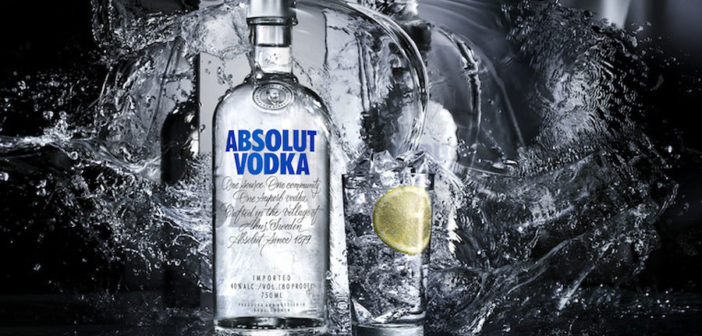Six months ago, Absolut didn’t have a Twitter strategy in the U.S., let alone a budget for the news and social messaging service. Now, it’s planning to use it as a sales channel this summer, with a campaign that will let people buy products from tweets.
Twitter has improved its pitch to advertisers as a live, news-focused service, with its expanded character count in messages and increased use of videos to keep users’ attention longer. Advertisers like Absolut are starting to reconsider how the site might fit into their plans.
For Absolut, the interest in Twitter is focused on its ability to drive direct sales. While Twitter phased out a buy button last year, it still has deals with e-commerce companies such as Shopify and has pushed its potential as a direct sales channel for advertisers, particularly consumer goods makers. Twitter is now seen as having the same creative potential as Instagram, said Katherine Chen, senior brand manager at Absolut.
Most of Absolut’s spending isn’t going into Twitter ads, though. Ads require signoff, during which time they risk going out of date. Instead, Absolut’s money is going toward GIFs and videos that it shares directly from its account, according to the company. On the rare occasions Absolut does run paid ads, it tends to use promoted tweets containing videos, which is usually once per campaign. Around 90 percent of the content Absolut has posted since December has been organic, and it has generated over 106,000 engagements and 2.6 million impressions, the company claimed.
“We have an editorial calendar [for Twitter]that we’re producing volumes of content for, and that gives us a sandbox to play in when it comes to promoting our values around LGBT, for example,” said Chen. “Facebook and Instagram are the pay-to-play platforms, whereas we see Twitter as more of a playground for our content that is less product-centric than our content on the other social networks.”
Other advertisers are intrigued by Twitter’s momentum, but unsure if it’s enough to warrant spending more on the platform.
Consumer goods brands are taking notice of Twitter’s ability to let advertisers be reactive to the news and also target audiences, said Catherine Chappell, paid social account director at iProspect. One consumer goods client at iProspect spent just 3 percent of its paid social budget on Twitter compared to 32 percent on Instagram in 2017. The advertiser’s Twitter spending has risen to 10 percent year to date, while its Instagram budget has stayed essentially flat.
Other advertisers have yet to be convinced. Twitter’s targeting ability is weaker than other social channels’, so advertisers mostly use the platform to respond to customers and other brands, said Lloyd Palmer, paid social lead at DigitasLBi.
–
This article first appeared in www.digiday.com
Seeking to build and grow your brand using the force of consumer insight, strategic foresight, creative disruption and technology prowess? Talk to us at +9714 3867728 or mail: info@groupisd.com or visit www.groupisd.com




